-
 Bitcoin
Bitcoin $117900
0.31% -
 Ethereum
Ethereum $3766
0.28% -
 XRP
XRP $3.176
-0.31% -
 Tether USDt
Tether USDt $1.000
0.00% -
 BNB
BNB $795.6
1.51% -
 Solana
Solana $186.8
-1.09% -
 USDC
USDC $0.9999
-0.01% -
 Dogecoin
Dogecoin $0.2353
-1.33% -
 TRON
TRON $0.3226
1.49% -
 Cardano
Cardano $0.8172
-1.08% -
 Sui
Sui $4.178
3.06% -
 Hyperliquid
Hyperliquid $43.05
-3.39% -
 Stellar
Stellar $0.4367
-0.57% -
 Chainlink
Chainlink $18.62
1.47% -
 Hedera
Hedera $0.2828
6.63% -
 Bitcoin Cash
Bitcoin Cash $584.7
5.65% -
 Avalanche
Avalanche $24.81
2.53% -
 Litecoin
Litecoin $112.8
-0.88% -
 UNUS SED LEO
UNUS SED LEO $8.975
-0.08% -
 Shiba Inu
Shiba Inu $0.00001395
-1.07% -
 Toncoin
Toncoin $3.285
-1.05% -
 Ethena USDe
Ethena USDe $1.001
0.01% -
 Polkadot
Polkadot $4.123
0.76% -
 Uniswap
Uniswap $10.49
-0.18% -
 Monero
Monero $326.5
0.14% -
 Dai
Dai $0.9999
-0.02% -
 Bitget Token
Bitget Token $4.576
0.34% -
 Pepe
Pepe $0.00001247
-1.55% -
 Cronos
Cronos $0.1400
3.77% -
 Aave
Aave $295.1
-0.73%
BTC contract high winning rate tactics: MACD and moving average combination skills
Use MACD and moving averages to boost BTC contract trading success: confirm trends, enter trades on signals, and manage risk with stop-loss orders.
Jun 07, 2025 at 05:50 am
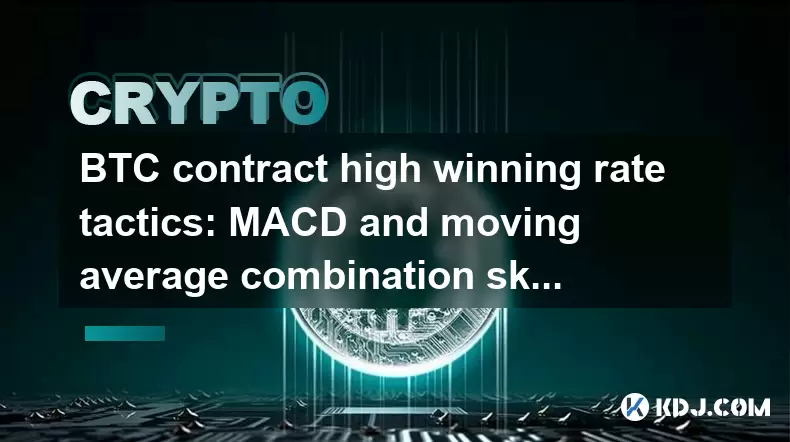
BTC contract high winning rate tactics: MACD and moving average combination skills
Trading Bitcoin (BTC) contracts can be a profitable venture, but it requires a strategic approach to maximize your winning rate. One effective method involves combining the Moving Average Convergence Divergence (MACD) indicator with moving averages. This article will delve into the specifics of using these tools together to enhance your trading decisions and potentially increase your success rate in the volatile world of cryptocurrency trading.
Understanding MACD and Moving Averages
MACD is a trend-following momentum indicator that shows the relationship between two moving averages of a security’s price. The MACD is calculated by subtracting the 26-period Exponential Moving Average (EMA) from the 12-period EMA. The result of this calculation is the MACD line. A 9-period EMA of the MACD, called the "signal line," is then plotted on top of the MACD line, which can function as a trigger for buy and sell signals.
Moving averages, on the other hand, are used to smooth out price action and filter out the noise from random short-term fluctuations. They are calculated by taking the average price of a security over a specific period. Common types include the Simple Moving Average (SMA) and the Exponential Moving Average (EMA). For BTC trading, traders often use a combination of short-term and long-term moving averages to identify trends.
Setting Up Your Chart
To effectively use MACD and moving averages for BTC contract trading, you need to set up your chart correctly. Here are the steps to follow:
- Open your trading platform and select the BTC contract chart you want to analyze.
- Add the MACD indicator to your chart. Ensure the settings are standard, with a 12-period EMA, a 26-period EMA, and a 9-period signal line.
- Add moving averages to your chart. A common setup is to use a 50-period SMA as a short-term moving average and a 200-period SMA as a long-term moving average.
With these tools in place, you can now start analyzing the chart to make informed trading decisions.
Identifying Trends with Moving Averages
The first step in using MACD and moving averages together is to identify the overall trend of the BTC contract. The 50-period and 200-period SMAs are crucial for this purpose.
- Uptrend: When the 50-period SMA is above the 200-period SMA, it indicates a bullish trend. This is often referred to as a "golden cross."
- Downtrend: Conversely, when the 50-period SMA is below the 200-period SMA, it indicates a bearish trend. This is known as a "death cross."
By understanding the overall trend, you can align your trades with the market's direction, increasing your chances of success.
Using MACD for Entry and Exit Signals
Once you have identified the trend using moving averages, you can use the MACD to pinpoint entry and exit points for your trades.
- Bullish Signal: A bullish signal occurs when the MACD line crosses above the signal line. This is a potential buy signal, especially if it happens during an uptrend identified by the moving averages.
- Bearish Signal: A bearish signal occurs when the MACD line crosses below the signal line. This is a potential sell signal, particularly if it happens during a downtrend identified by the moving averages.
In addition to these crossovers, you can also look for divergence between the MACD and the price of the BTC contract. Bullish divergence occurs when the price makes a lower low, but the MACD makes a higher low, indicating potential upward momentum. Bearish divergence is the opposite, where the price makes a higher high, but the MACD makes a lower high, suggesting potential downward momentum.
Combining MACD and Moving Averages for High Winning Rate Trades
To achieve a high winning rate in BTC contract trading, you need to combine the signals from MACD and moving averages effectively. Here’s how you can do it:
- Confirm the Trend: Always start by confirming the trend using the 50-period and 200-period SMAs. If the 50-period SMA is above the 200-period SMA, look for bullish signals from the MACD. If the 50-period SMA is below the 200-period SMA, look for bearish signals from the MACD.
- Enter the Trade: Once the trend is confirmed, wait for the MACD to provide a signal that aligns with the trend. For example, if you are in an uptrend, wait for the MACD line to cross above the signal line before entering a long position. If you are in a downtrend, wait for the MACD line to cross below the signal line before entering a short position.
- Exit the Trade: Use the MACD to determine when to exit your trade. If you are in a long position, consider exiting when the MACD line crosses below the signal line. If you are in a short position, consider exiting when the MACD line crosses above the signal line.
By combining these signals, you can increase your chances of making profitable trades in the BTC contract market.
Managing Risk with Stop-Loss Orders
Even with a high winning rate strategy, managing risk is crucial. Stop-loss orders can help limit your losses and protect your capital.
- Set a Stop-Loss Order: When entering a trade, set a stop-loss order at a level that you are comfortable with. This could be a percentage of your entry price or a specific price level based on your analysis.
- Adjust the Stop-Loss: As the trade moves in your favor, consider adjusting your stop-loss order to lock in profits. For example, if you are in a long position and the price moves up, you can move your stop-loss order up to a level that ensures you still make a profit even if the price reverses.
By using stop-loss orders effectively, you can minimize your losses and protect your trading capital.
Frequently Asked Questions
Q1: Can I use this strategy on other cryptocurrencies?
Yes, the strategy of combining MACD and moving averages can be applied to other cryptocurrencies. However, you may need to adjust the settings of the indicators based on the volatility and trading volume of the specific cryptocurrency you are trading.
Q2: How often should I check my trades?
It depends on your trading style and the timeframe you are using. For short-term trades, you may need to check your trades more frequently, perhaps every few hours. For longer-term trades, checking once or twice a day may be sufficient.
Q3: What timeframe should I use for this strategy?
The strategy can be applied to various timeframes, from short-term charts like 15-minute or 1-hour charts to longer-term charts like daily or weekly charts. The choice of timeframe depends on your trading goals and risk tolerance.
Q4: How can I improve my winning rate further?
To improve your winning rate, consider incorporating additional technical indicators, such as the Relative Strength Index (RSI) or Bollinger Bands, to confirm your signals. Additionally, keeping a trading journal to analyze your past trades can help you identify patterns and areas for improvement.
Disclaimer:info@kdj.com
The information provided is not trading advice. kdj.com does not assume any responsibility for any investments made based on the information provided in this article. Cryptocurrencies are highly volatile and it is highly recommended that you invest with caution after thorough research!
If you believe that the content used on this website infringes your copyright, please contact us immediately (info@kdj.com) and we will delete it promptly.
- Bitcoin, Ruvi AI, and CoinMarketCap: Navigating the Future of Crypto
- 2025-07-28 02:30:12
- Dogwifhat (WIF) Eyes Bullish Breakout: Can It Breach $1.20?
- 2025-07-28 02:50:12
- Bitcoin Bounces: How the US-China Tariff Truce Impacts Crypto
- 2025-07-28 02:50:12
- Bitcoin Bull Market: Price Targets and Expert Takes
- 2025-07-28 02:30:12
- Cardano Price Rockets: ADA Jumps Past Resistance, $2 Target in Sight?
- 2025-07-28 01:30:14
- Ruvi AI: The Next Solana? Riding the AI Token Wave on CoinMarketCap
- 2025-07-28 00:50:16
Related knowledge
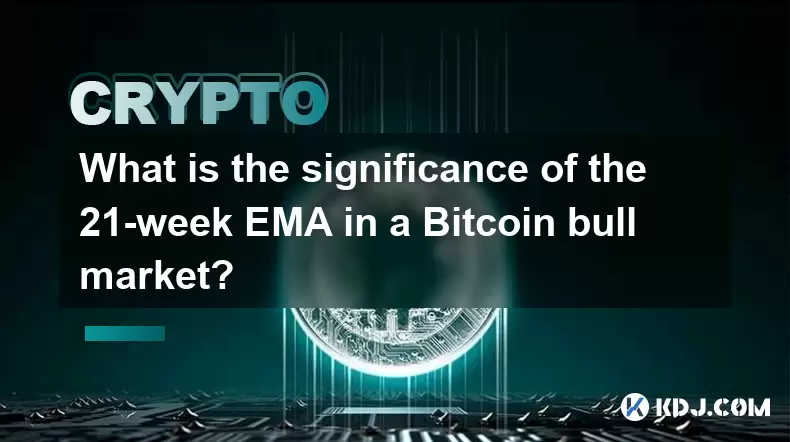
What is the significance of the 21-week EMA in a Bitcoin bull market?
Jul 10,2025 at 06:56pm
Understanding the 21-Week EMA in Cryptocurrency AnalysisThe 21-week Exponential Moving Average (EMA) is a technical indicator widely used by traders a...
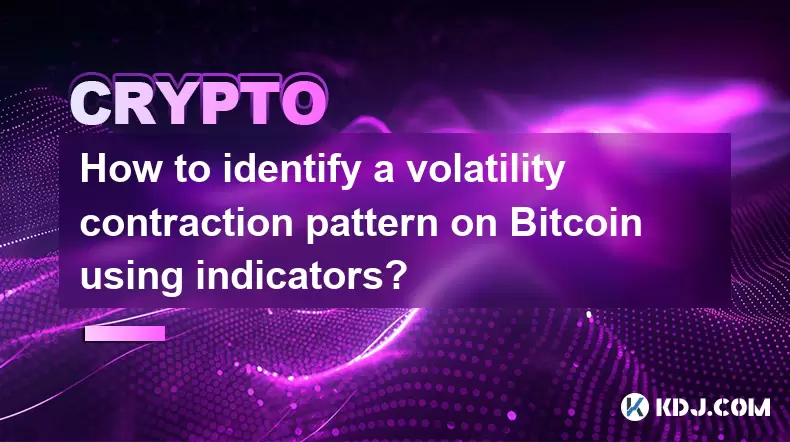
How to identify a volatility contraction pattern on Bitcoin using indicators?
Jul 07,2025 at 07:28am
What is a Volatility Contraction Pattern in Bitcoin Trading?A volatility contraction pattern refers to a phase where the price movement of an asset, s...
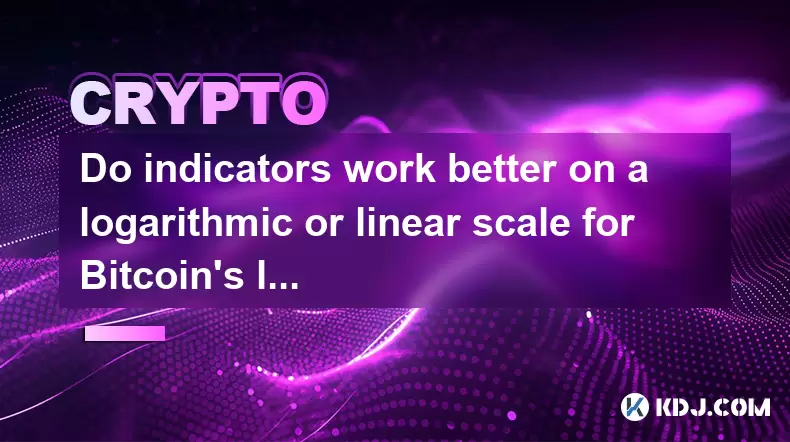
Do indicators work better on a logarithmic or linear scale for Bitcoin's long-term chart?
Jul 08,2025 at 01:42pm
Understanding Chart Scales in Cryptocurrency TradingIn cryptocurrency trading, particularly for analyzing Bitcoin's long-term trends, chart scales pla...

What is the Woodies CCI indicator and can it be used for Bitcoin?
Jul 04,2025 at 05:14pm
Understanding the Woodies CCI IndicatorThe Woodies CCI indicator is a variation of the traditional Commodity Channel Index (CCI), which was originally...
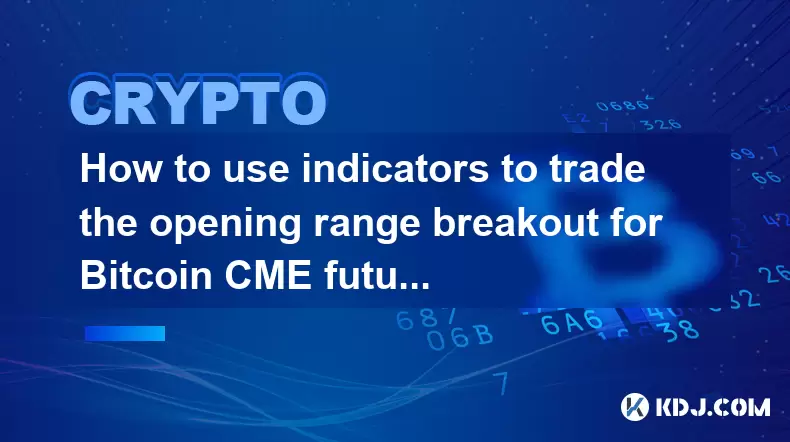
How to use indicators to trade the opening range breakout for Bitcoin CME futures?
Jul 05,2025 at 07:35pm
What Is the Opening Range Breakout Strategy?The opening range breakout (ORB) strategy is a popular trading technique used in both traditional markets ...

How to use the Relative Vigor Index (RVI) for Bitcoin trading?
Jul 07,2025 at 02:00pm
Understanding the Relative Vigor Index (RVI)The Relative Vigor Index (RVI) is a technical analysis tool used to assess the strength of price movements...

What is the significance of the 21-week EMA in a Bitcoin bull market?
Jul 10,2025 at 06:56pm
Understanding the 21-Week EMA in Cryptocurrency AnalysisThe 21-week Exponential Moving Average (EMA) is a technical indicator widely used by traders a...

How to identify a volatility contraction pattern on Bitcoin using indicators?
Jul 07,2025 at 07:28am
What is a Volatility Contraction Pattern in Bitcoin Trading?A volatility contraction pattern refers to a phase where the price movement of an asset, s...

Do indicators work better on a logarithmic or linear scale for Bitcoin's long-term chart?
Jul 08,2025 at 01:42pm
Understanding Chart Scales in Cryptocurrency TradingIn cryptocurrency trading, particularly for analyzing Bitcoin's long-term trends, chart scales pla...

What is the Woodies CCI indicator and can it be used for Bitcoin?
Jul 04,2025 at 05:14pm
Understanding the Woodies CCI IndicatorThe Woodies CCI indicator is a variation of the traditional Commodity Channel Index (CCI), which was originally...

How to use indicators to trade the opening range breakout for Bitcoin CME futures?
Jul 05,2025 at 07:35pm
What Is the Opening Range Breakout Strategy?The opening range breakout (ORB) strategy is a popular trading technique used in both traditional markets ...

How to use the Relative Vigor Index (RVI) for Bitcoin trading?
Jul 07,2025 at 02:00pm
Understanding the Relative Vigor Index (RVI)The Relative Vigor Index (RVI) is a technical analysis tool used to assess the strength of price movements...
See all articles

























































































